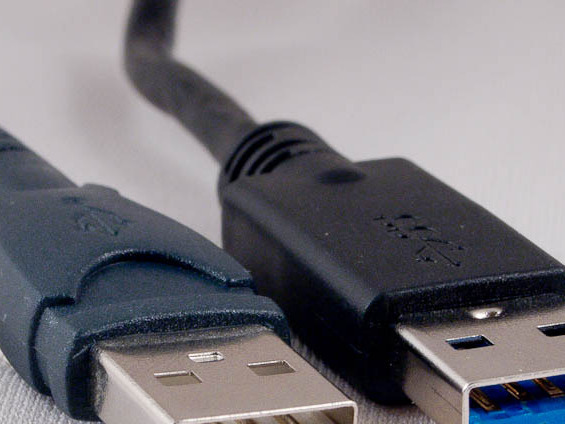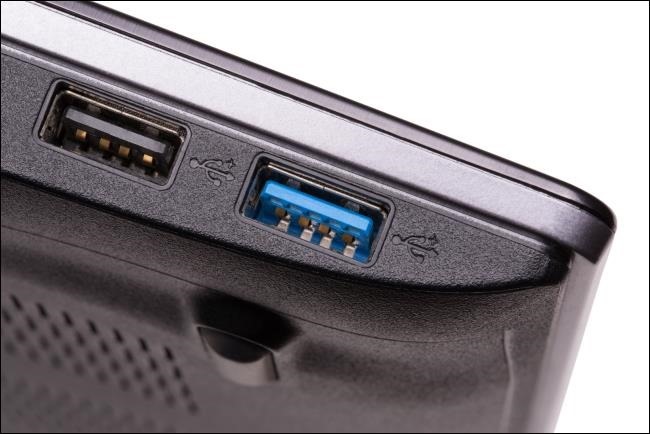
The standard did introduce some changes, like the USB Type C (USB-C) connector seen on new MacBook Pros.ĭespite the new name, data and power transfer capabilities stayed the same as specified in USB 3.0. So those cables and devices now, through the power of renaming the standard, support USB 3.1 Gen 1. In fact, with the release of USB 3.1 Gen 1, all existing USB 3.0 connectors were renamed to USB 3.1 Gen 1.

Here’s where much of the nomenclature confusion starts. Apple devices actually charge at 2.1 Amps, more than four times the USB 2.0 specification. Yet, most modern devices only draw as much power as they need and can easily support higher-level current. However, they are technically outside the USB spec and risk blowing up a device if the circuitry isn’t expecting higher current levels. Some USB chargers can provide higher power levels, charging devices faster.

While we’re discussing specs, we should mention that power specifications have never been hard limits they’re more like speed limit signs, showing the maximum safe power level. USB 3.0 allowed for dramatically higher power levels and faster data transfer, boosting them to 900 mA at 5V and 5 gigabits per second (Gbit/s), respectively. USB 2.0 also limited power to 500 mA at 5V. It upgraded USB 2.0, which was released in 2000 and allowed for only relatively slow transfer speeds of 480 Mbit/s. You can plug USB 2.0 devices into USB 3.0 ports, too.Released ten years ago in 2008, USB 3.0 was the third major revision to the USB standard. There’s no harm in having such devices be USB 3.0 - especially given the backwards compatibility - but there’s no sense in paying extra for that. Of course, eventually USB 3.0 will take over and all devices will use USB 3.0 or newer. If you use a USB mouse and keyboard, you won’t see any sort of input speed improvement by moving to USB 3.0. Don’t just believe the manufacturer’s quoted speed rate, as manufacturers often give you the most exaggerated numbers to mislead you - look up independent benchmarks on your own.īear in mind that many types of devices won’t perform faster just because they use USB 3.0. If you’re looking for a good, fast USB drive for serious use - and not the cheapest $5 drive - you should look up benchmarks ahead of time and determine just how fast your drive of choice is. RELATED: 8 Ways Hardware Manufacturers Are Deceiving You Other factors, such as the speed of the flash memory inside the drive, are critical. USB 3.0 allows for much faster transfer speeds, but not every drive will take advantage of that. You’ll have to spend more for an actual speed improvement. However, reviews indicate that it performs at similar speeds to USB 2.0 drives.


At the moment, Amazon is selling a 16 GB USB 3.0 flash drive for just $15. Silicon Power 32GB USB 3.0 Flash Driveīear in mind that just because a drive is USB 3.0 doesn’t mean it’s all that much faster. 4 GB flash drives can often be found on sale for $5. Many USB 2.0 flash drives are super cheap - for example, you can pick up an 8 GB USB 2.0 flash drive for under $10 on Amazon. The fastest drive seems to achieve its speed by using “four channels of flash” memory instead of a single one. Unsurprisingly, the slowest drives were the cheapest, while the faster ones are more expensive. The best USB 3.0 drive was over 28 times faster.Įditor’s Note: if you want a great USB 3.0 Flash drive, click here for the one that How-To Geek uses. The worst USB 3.0 drive was faster than the USB 2.0 drives, but only by a tiny bit. What’s really interesting here is the huge variation in speeds. The USB 3.0 drives they tested go from 11.4 MB/s all the way up to 286.2 MB/s. The test also includes a few USB 2.0 drives, which are at the bottom of the charts at between 7.9 MB/s to 9.5 MB/s in write speed. There are quite a few benchmarks out there, but Tom’s Hardware’s 2013 test of USB 3.0 thumb drives is particularly recent and comprehensive.


 0 kommentar(er)
0 kommentar(er)
